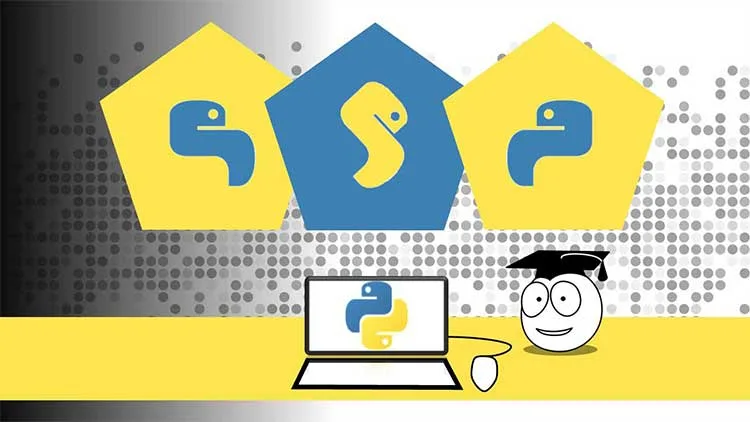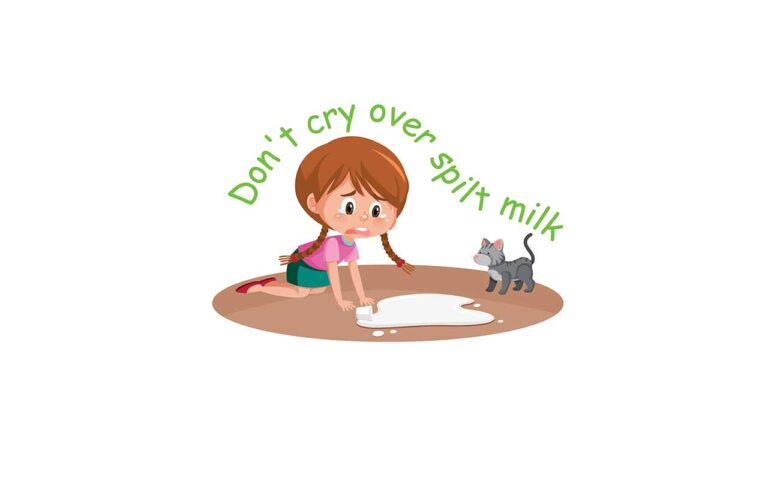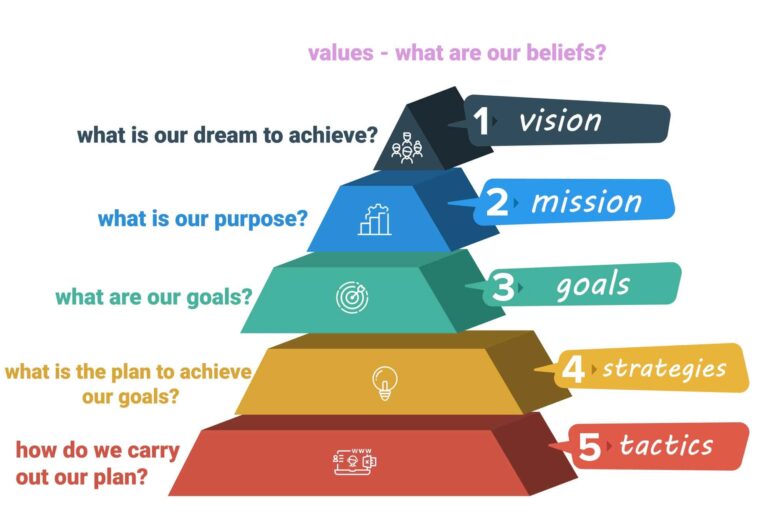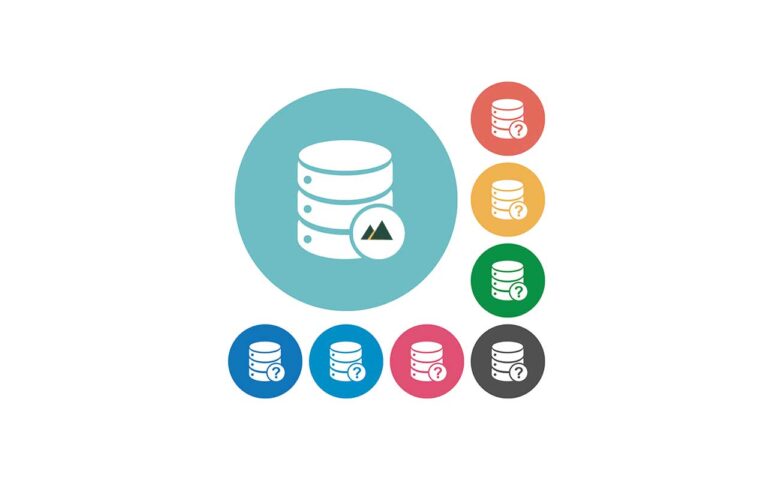Improve English, Academic and Digital Skills
We offer free courses, articles, and resources designed to help students improve their academic, English, and digital skills. Helping students at university or preparing for university.
Meeting student’s needs is important to us, so the resources are designed to be easy to understand so they are suitable for the many students that study in English as a second language. It is essential that they have help to improve their English and study skills.
We are increasingly required to have digital skills at work and for study, so we provide simple courses in digital literacy, computer science, IT, and programming.
Digital SAT Reading & Grammar in 9 Steps for Beginners
- Getting prepared for the digital SAT may seem confusing, especially if you are a beginner or if English is not your first language (e.g. ESL or ELL students).
- Many students would like a simple introduction to the digital SAT Reading and Writing section before tackling the practice questions at the exam-level difficulty.
- To successfully prepare for the SAT test you need to understand the type of questions and how to answer them.
- We have prepared a simple course to help you in 9 steps
Step 1 Reading Evidence – Command of Evidence: Textual & Quantitative
Step 2 Grammar Agreement – Subject Verb & Pronoun Antecedent Agreement
Step 3 Reading Ideas – How to Find the Central Idea and Inferences
Step 4 Grammar Rules – Subject-Modifier and Verb Form
Step 5 Reading Context – Words in Context
Step 6 Grammar Punctuation – Punctuation, Plurals and Possessives
Step 7 Reading Structure – Craft, Text Structure, Purpose, Cross-Text
Step 8 Grammar Boundaries – Linking Clauses, Supplements
Step 9 Reading Expression – Transitions, Rhetorical Synthesis
By the end of this course, you will:
- gain a clear understanding of the question types, structure, and strategies.
- feel ready to use official SAT resources effectively because you will know what to look for and how to approach questions.
- They are equipped with essential information, knowledge and strategies to confidently attempt SAT-level practice questions and eventually full tests — transforming from beginners to focused SAT learners.
Introduction to Idioms
A balanced learning path included natural English communication which includes idioms. Use idioms examples and practical exercises to improve communicative skills and English proficiency.
Free Idioms Exercises and Worksheets Included
In this series we start with an introduction to Idioms with examples and practical exercises. We will continue with 7 new idioms presented in the same format in 7 original lessons available in a special e-booklet for free.
Learn Idioms By Category
How about travel? Interested in improving your English with over 101 travel idioms.
Alternative idioms that contain animals, both fun and animal-friendly.
Learn about nature whilst growing your English vocabulary and understanding.

Computer Science Principles and Python
We have an online course at Udemy to help students to prepare for the Computer Science Principles Course.
The course covers both the principles of Computer Science and python programming covered in the Advanced Placement AP CSP course.
Specialized Learning
All the different types of phrases . In this page we link to all the important articles of phrase examples.
Innovation theory and practice including activities to help identify business goals and opportunity
This includes similes, metaphors, idioms, proverbs, clichés, truisms and sayings
Animal, food, nature, money, love, life and travel related idioms. Lists with definitions and example sentences.
Latest English for University Courses
English for Chinese Students 1
This course is designed for students preparing for university by improving their English skills. It focuses on grammar and the parts of speech.
English for Chinese Students 2
This course is a follow-up designed for students preparing for university by improving their English skills. It focuses on improving areas not covered in the first course such as phrases (noun, verb and prepositional phrases).
English for Students
Interested in learning about grammar like nouns, verbs and adjectives? Then we have a resources page that can help find the area that you are interested.
Featured Articles
Confusion matrix evaluation
A great resource for examples of using a confusion matrix for evaluation.
English expressions explained from figures of speech to expressions of wisdom.
Business strategy for students from vision to TOWS, with examples.
A great reference for print in python, suitable for everyone.
Create a Simple Database
Includes data, code & instructions
3 Lessons
video help
Additional Course Material
Database Design
- Database Relationships (lesson 1)
- Design Considerations (lesson 3)
Database SQL
- Student Database Example (lesson 2)
- SQL Querying Multiple Tables (lesson 3)
AP CSP: Mastering Creative Development (Big Idea 1)

AP CSP Exam Preparation
GREAT NEW COURSE
If you are preparing for the AP Computer Science Principles exam then you can improve your grades with this excellent course. The number one course on creative development for exam prep.
AP Computer Science Principles Exam Preparation
For all of you needs to prepare for the AP CSP Exam – see our dedicated webpage.
Any word you need to understand – try this vocab list
PREVIOUS COURSES
These 15 to 20 minute courses include practice questions to help determine your strengths and weaknesses in the different areas of the AP Computer Science Principles course.
DSAT - Digital SAT English Help
DSAT Digital SAT Practice Questions
solutions available with English help and general information for the new DSAT Digital SAT available here – DSAT
Reading Tips & Help with Grammar
- Reading SAT Text Textual Evidence
- Reading SAT Text Quantitative Evidence
- Reading SAT Text Transitions
- Reading SAT Text Words in Context
- Reading SAT Text Central Ideas
- Reading SAT Text Inferences
- Reading SAT Text Punctuation of Boundaries
- SAT Grammar Subject Verb Agreement
- SAT Grammar Pronoun Antecedent Agreement
- SAT Grammar Plurals and Possessives
- SAT Grammar Verb Form
- SAT Grammar Linking and Punctuating Clauses
- SAT Grammar End Punctuation with Supplements
- SAT Grammar Punctuation Rules
Professional Academics
Now helping students outside the classroom
Teaching over several decades and multiple continents, at the highest level at University, gives us the experience and professional skills to pass on to those who wish to learn.
Specializing in teaching people from all over the world means we teach in a way that you can understand. These courses use simple to understand language. This makes every course suitable for you even if English is not your first language.
Let’s learn together and help us help you and others.














